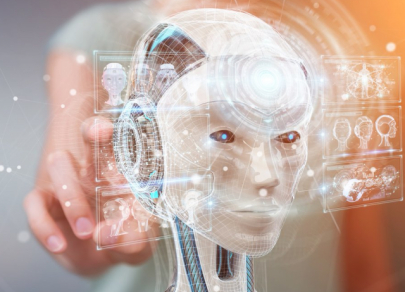FX.co ★ When fairytales come true: 8 mind-boggling things of science fiction that become real
When fairytales come true: 8 mind-boggling things of science fiction that become real
Genetic engineering
For the first time, the English writer, Aldous Huxley, built the plot of his book around the topic of genetic engineering in his novel "Brave New World", created in 1932. With a highly captivating novel, he was far ahead of his time. Currently, scientists are capable of using genetic engineering to develop the so-called individual design of a person. In 2018, Chinese professor He Jiankui experimented for the first time with editing the genome of the DNA of embryos. As a result, three children were born with immunity to HIV. At the same time, the scientist's actions were recognized as illegal, and he received a prison sentence and a multimillion-dollar fine. However, the wheels of science never stop working. Mexican Professor Juan Enriquez is confident that in 10-20 years, genetic engineering will be used to treat diseases at an early stage of embryo development.
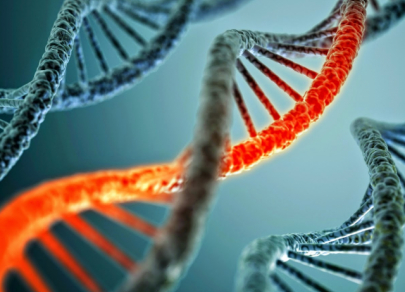
Bionic implants
The first mention of such innovation was in the novel "Cyborg" written by the American writer, Martin Caidin, in 1972. The author literally predicted the appearance of bionic prostheses. The book tells the story of a man who had his damaged body parts replaced with mechanical analogues. In reality, the first bionic prosthetic arm appeared in 1993. Its movements were controlled by sensors connected to the brain. In 2007, this technology entered the broad market. Currently, bio prosthetics are widespread all over the world. Innovative prostheses are made to adapt to a person's walk and memorize individual moves. Now scientists are developing mechanisms that have a wide range of possibilities.
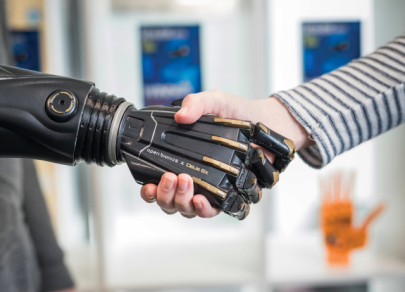
Space tourism
The idea of space tourism was voiced by the English futurist writer, Arthur C. Clarke, in the novel "Moon Dust" in 1961. The story is about people who make excursions to the satellite of the Earth. They fly along a route filled with moon dust. Nowadays, space travel is under development. In 2001, the first space tourist was the American entrepreneur, Denis Tito. The trip to the ISS cost him $20 million. Besides, thanks to this program, seven more tourists went into space on Russian-made spaceships. Elon Musk, CEO of SpaceX, and Boeing are actively engaged in the development of space tourism. They are ready to develop tourist trips around the Earth and in the future to Mars.
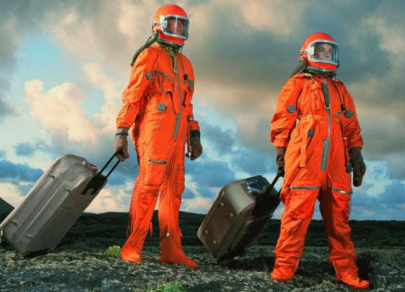
Self-driving vehicles
The concept of an unmanned aircraft first appeared on the pages of the Soviet science fiction writer, Alexander Belyaev, "The Lord of the World" in 1926. Curiously enough, it is echoed by the story of the American author, David Keller, "The Living Machine", created in 1935. The possibilities of self-driving transport captured the minds of many science fiction writers. The idea of self-driving vehicles was probably of the leading topics in literature throughout the twentieth century. Currently, self-driving cars have become commonplace. Auto-control is available in most planes, trains, and cars. Such tech giants as Google and Tesla are involved in the implementation of unmanned vehicles. Notably, scientific developments in this field have been carried out for many years.
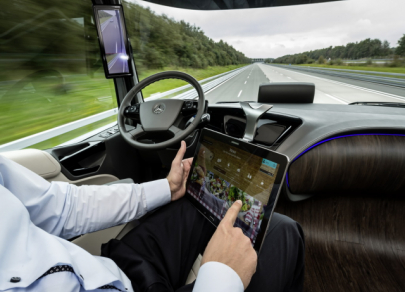
Solar energy
The use of solar energy was mentioned for the first time in the popular sci-fi novel "Ralph 124C 41+", written by Luxembourgish-American inventor Hugo Gernsback in 1911. In his work, the author also predicted the advance of television, sound films, tape recorders, transcontinental air traffic, and space flights. However, modern science has surpassed the writer's vision of the future. The first solar-powered device appeared in 1978, 67 years after Gernsbeck’s novel. Scientists estimate that by the mid-2020s, the lion's share of existing energy sources will be renewable. Solar energy is expected to account for about 80% of the world's energy by 2030. Currently, solar power plants are becoming a global trend, experts emphasize.

Smart homes
Fans of science fiction are well acquainted with the idea of a house with a built-in electric control that "follows the commands" of its owner. Such a house is shown in the film "Electric Dreams" released in 1984. One of the first references to a smart home is found in Ray Bradbury's short story "There will be a Gentle Rain", written in 1950. Currently, smart housing is available in many countries. In such apartments, you can find voice assistants, self-driving vacuum cleaners, and smart video cameras that call the owner on the phone in case of suspicious movements. Smart homes are at the peak of popularity. They are affordable and easy to manage. According to experts, in the near future, smart homes will be able to anticipate the wishes of their owners.

Global video communication
The first reference to global video communication appeared in the science-fiction dystopia "Metropolis", written in 1927. In one of the scenes of the film, a video phone is used, similar to a huge computer with a screen and a telephone handset. Nowadays, video communication is not a miracle. It enables people to study and work remotely, as well as communicate with other people anywhere in the world. Video communication has gained popularity during the COVID-19 pandemic. Video conferences and meetings have become a new reality. Technological developments in this industry are gaining momentum, analysts pinpoint.

Universal translator
One of the unique technologies that have descended from the pages of science fiction books and films, in particular, the film "Star Trek", is a universal translator. Many science fiction writers have described the possibility of instant translation of the text into any language. However, Star Trek predicts the technology that is being used now. This is machine learning, which is incredibly popular nowadays. For example, a Yandex translator translated a chapter from the book of Daniel Susskind "The Future Without Work" from English into Russian. When it comes to machine learning, automatic systems are used in order to work with different languages. Nowadays, machines can masterfully translate texts of any complexity. This technology is constantly being improved.
